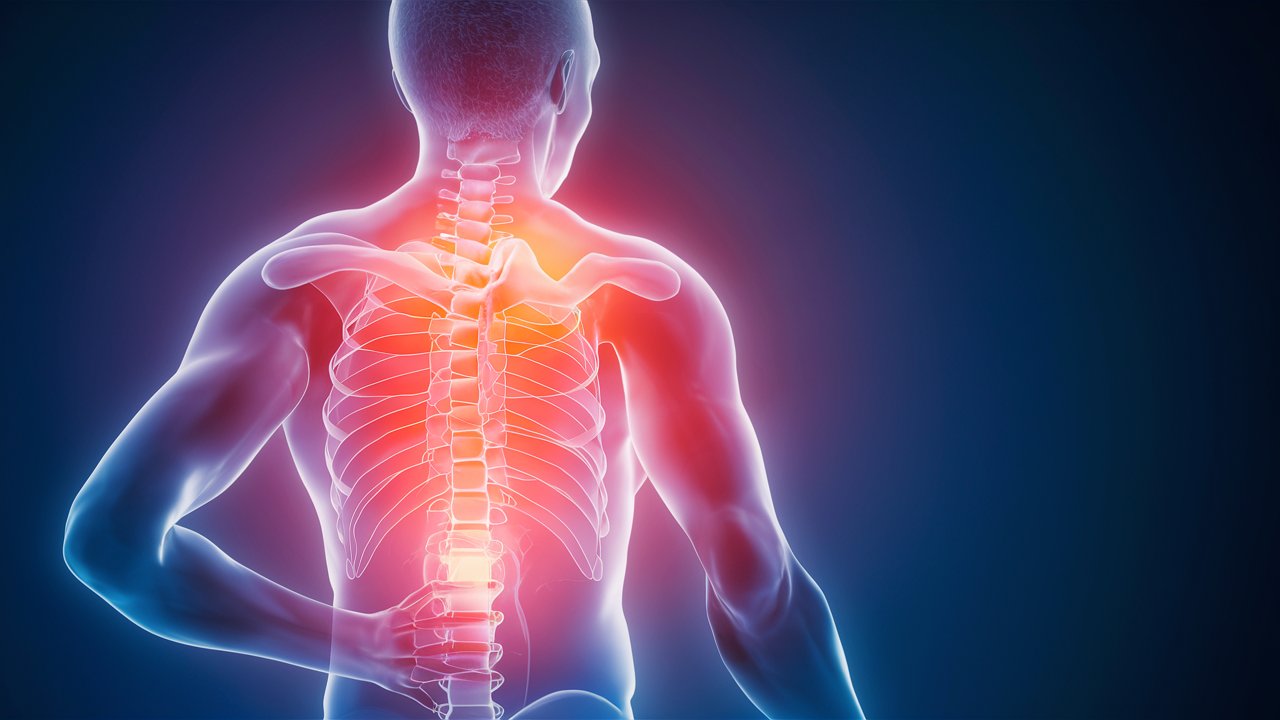
Ankylosing Vertebral Hyperostosis with Tylosis might sound like a mouthful, but understanding it can be straightforward. This condition, also known as Forestier's disease, involves the hardening and overgrowth of bones in the spine. Tylosis, on the other hand, refers to thickening of the skin, often on the palms and soles. Together, these conditions can cause discomfort and mobility issues. But what exactly causes this? How does it affect daily life? And are there ways to manage it? In this post, we'll break down 10 essential facts about Ankylosing Vertebral Hyperostosis with Tylosis, shedding light on its symptoms, causes, and treatment options. Ready to learn more? Let's dive in!
What is Ankylosing Vertebral Hyperostosis With Tylosis?
Ankylosing Vertebral Hyperostosis With Tylosis (AVHT) is a rare medical condition. It involves abnormal bone growth along the spine and thickening of the skin on the palms and soles. This condition can cause significant discomfort and mobility issues.
Facts About AVHT
Understanding AVHT can help in managing its symptoms better. Here are some intriguing facts about this condition:
-
Rare Condition: AVHT is extremely rare, with only a handful of cases reported worldwide. This rarity makes it challenging to study and understand fully.
-
Spinal Involvement: The condition primarily affects the spine, leading to the formation of bony outgrowths called osteophytes. These can cause stiffness and pain.
-
Skin Thickening: Tylosis refers to the thickening of the skin, particularly on the palms and soles. This can lead to calluses and discomfort while walking or using hands.
-
Genetic Factors: There is evidence suggesting that AVHT may have a genetic component. Families with a history of the condition might be at higher risk.
-
Diagnosis: Diagnosing AVHT involves a combination of clinical examination, imaging studies like X-rays or MRIs, and sometimes genetic testing.
-
Symptoms: Common symptoms include back pain, reduced spinal mobility, and thickened skin on the hands and feet. These symptoms can vary in severity.
-
Treatment Options: While there is no cure for AVHT, treatments focus on managing symptoms. Physical therapy, pain relief medications, and sometimes surgery are used.
-
Impact on Daily Life: AVHT can significantly affect daily activities. Simple tasks like walking or gripping objects can become challenging due to pain and stiffness.
-
Research: Ongoing research aims to understand the underlying causes of AVHT better. This could lead to more effective treatments in the future.
-
Support Groups: Due to its rarity, finding support can be difficult. However, online communities and rare disease organizations can provide valuable resources and connections.
Final Thoughts on Ankylosing Vertebral Hyperostosis With Tylosis
Ankylosing Vertebral Hyperostosis With Tylosis, a rare condition, affects the spine and skin. Understanding its symptoms, causes, and treatments can help those affected manage their health better. Early diagnosis is crucial for effective treatment. Regular check-ups and staying informed about new research can make a significant difference.
Remember, while this condition is rare, support groups and medical professionals can provide valuable assistance. Staying proactive about health and seeking help when needed ensures a better quality of life.
Keep these facts in mind, and don't hesitate to reach out for support. Knowledge empowers, and with the right information, managing Ankylosing Vertebral Hyperostosis With Tylosis becomes more manageable. Stay informed, stay healthy.
Was this page helpful?
Our commitment to delivering trustworthy and engaging content is at the heart of what we do. Each fact on our site is contributed by real users like you, bringing a wealth of diverse insights and information. To ensure the highest standards of accuracy and reliability, our dedicated editors meticulously review each submission. This process guarantees that the facts we share are not only fascinating but also credible. Trust in our commitment to quality and authenticity as you explore and learn with us.


